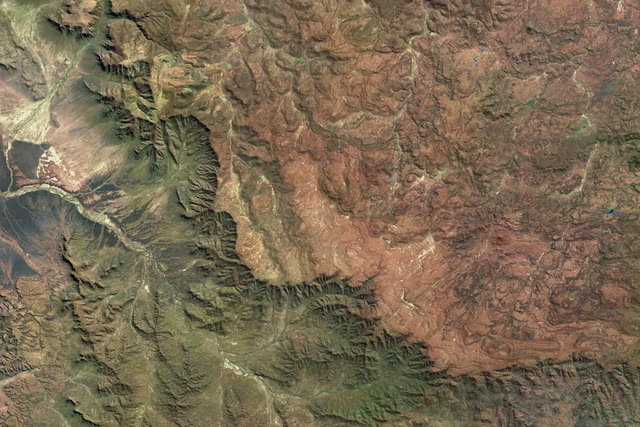Two huge explosions on the surface of the sun could result in northern lights being seen across some northern U.S. states.
Two M-class solar flares were spotted bursting out of two sunspots named AR3774 and AR3777, at least one of which may have sent out massive clouds of solar plasma in its wake.
These coronal mass ejections (CMEs) are headed towards Earth and are forecast to spark G2 geomagnetic storms in the coming days, possibly resulting in aurorae being seen above New York, Idaho, and other states at that latitude.
"The CME associated with the M4.5 flare is expected to arrive late on 09 Aug through 10 Aug. A G2 (Moderate) Watch has been issued for these days. Model guidance suggests a quick arrival during the overnight hours (UTC time) but exact timing is uncertain," the NOAA Space Weather Prediction Center said in a Forecast Discussion.
"It is possible that a CME was associated with the M5.0 flare from Region 3777 but there is not enough coronagraph imagery as of this writing to confirm."
NOAA maps reveal the areas of North America where the aurora is likely to be visible during the night of August 9.
CMEs comprise solar plasma and solar magnetic field, traveling through space at immense speeds—up to 6.7 million miles per hour—and can spark geomagnetic storms when they collide with Earth's atmosphere. When a CME reaches Earth's magnetic field, its own magnetic field can interact with and distort the magnetosphere. This can cause the charged particles in the CME to travel along the Earth's magnetic field lines towards the polar regions, where they excite atmospheric particles, causing them to emit light in the form of auroras.
"Basically, the closer to Earth's poles you are, the better the chance of seeing aurora, so at high latitudes. It is unusual to see the aurora at mid-latitudes," Huw Morgan, head of the Solar Physics group at Aberystwyth University in the U.K., told Newsweek.
More powerful CMEs cause more intense geomagnetic storms, which may result in the northern lights being seen further south than usual.
Geomagnetic storms are measured on a scale from G1 to G5, with G5 being the most powerful and most uncommon. The storm that sparked auroras across all 50 U.S. states on May 10 this year was the first G5 seen since 2003.
The G2 storm forecast for August 9 or 10 is the second-weakest form and is usually seen around 600 times per 11-year solar cycle. G2 storms can result in minor voltage issues, and increased drag on spacecraft, as well as auroras being seen in northern U.S. states.
"The aurora may become visible over some northern and upper Midwest states from New York to Idaho," the SWPC said in a forecast.
Do you have a tip on a science story that Newsweek should be covering? Do you have a question about aurorae? Let us know via science@newsweek.com.
Disclaimer: The copyright of this article belongs to the original author. Reposting this article is solely for the purpose of information dissemination and does not constitute any investment advice. If there is any infringement, please contact us immediately. We will make corrections or deletions as necessary. Thank you.



